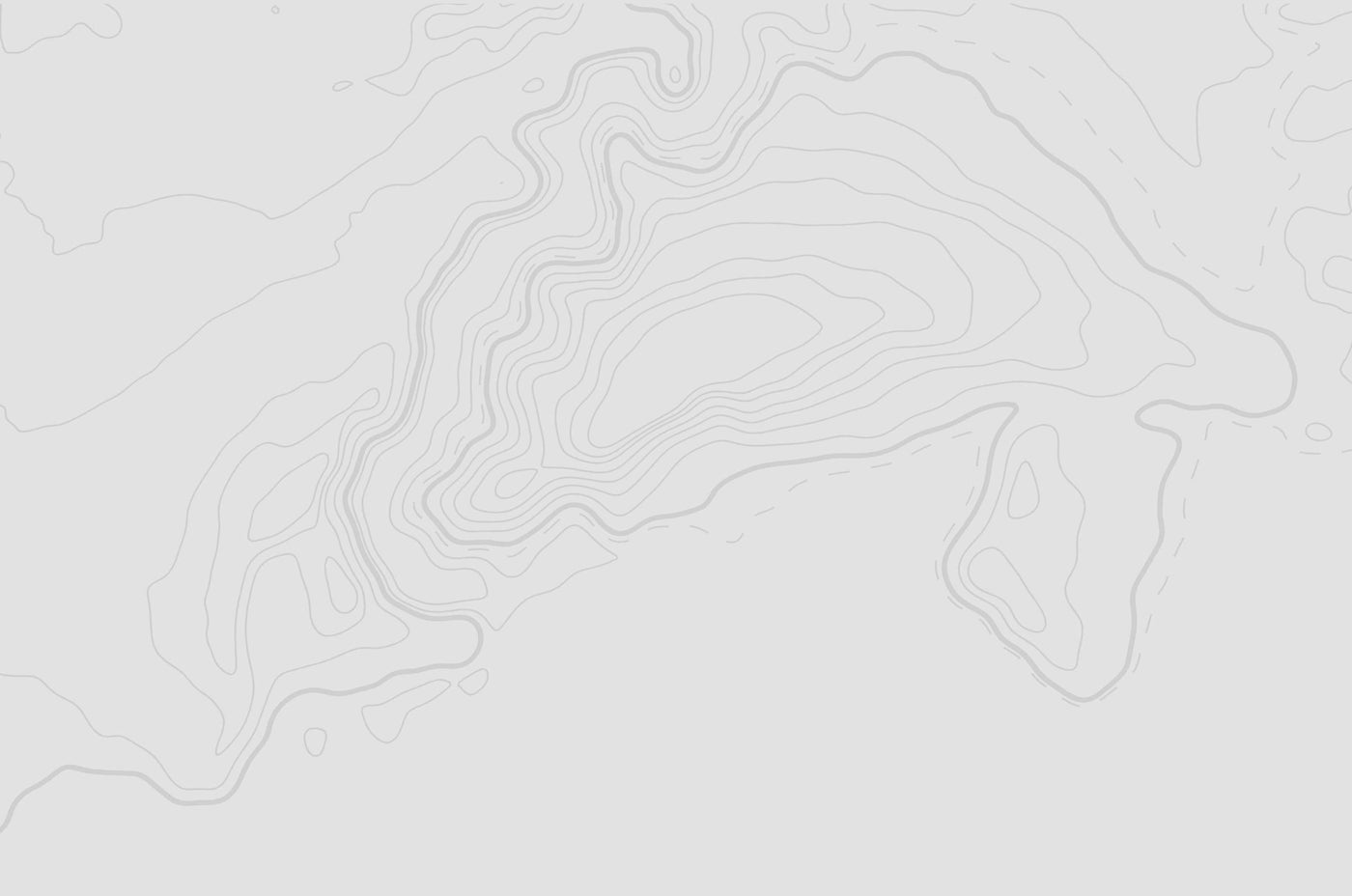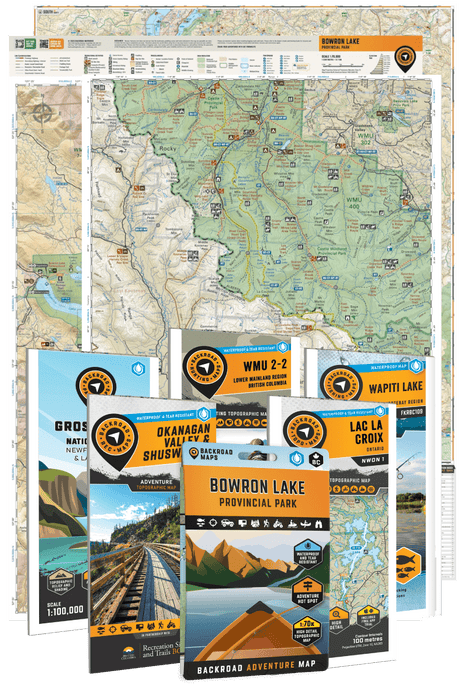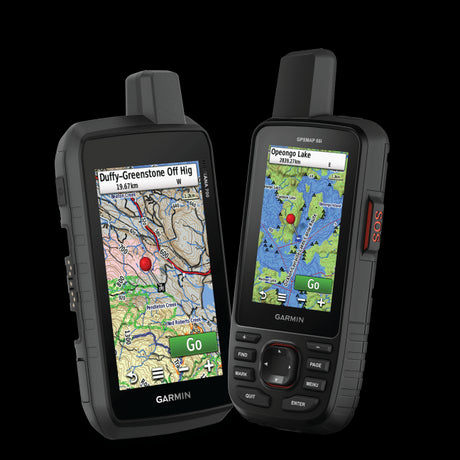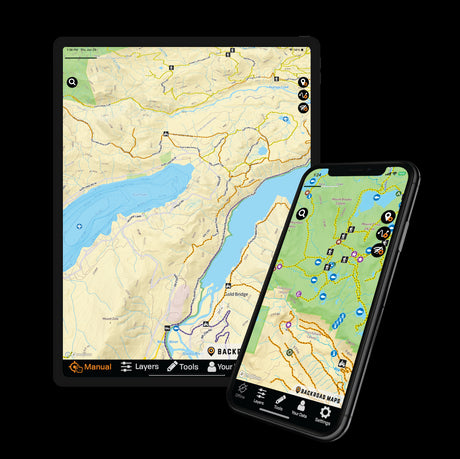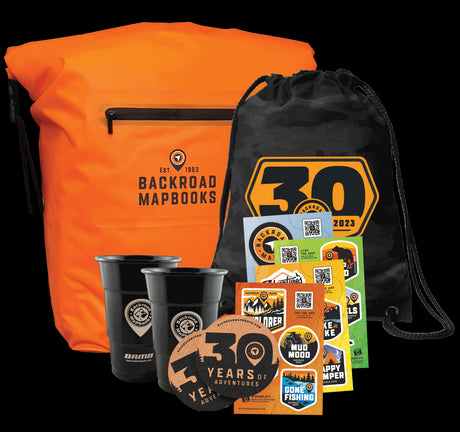The Rocky Mountains are by far the most popular destination for visitors, both from and to Canada. The National Parks that straddle these majestic peaks; Banff, Jasper, Kootenay and Yoho are considered the Crown Jewels of the Parks Canada park system. With so much to see and do, where do you begin? Here are a few useful hints and trip ideas using the premise you will be entering these great parks from the southwest, making your way from Vancouver, Kelowna or Golden, helping to ensure you see the best of this region of Canada.

Kootenay National Park
Kootenay National Park is accessed from the west along Highway 93 with the community of Radium Hot Springs forming the gateway into the park. The massive, towering walls of Sinclair Canyon greet visitors and are best explored by the Juniper/Sinclair Canyon Loop Trail, which leads through the canyon, past Sinclair Falls and offers spectacular views over the Columbia Valley.
At Radium you will find the first of a number of hot springs along the Rockies route and these are well worth a stop and a soak. The mineral water in Radium Hot Springs is odourless and clear and with temperatures between 37 and 40°C (98-104°F), it is a perfect place to rest weary driving or hiking muscles.

While it is less than 100 km along the highway which travels through the centre of the park to the Alberta border, there is plenty to see and do along route. Scenic pull-outs right off Highway 93 offer plenty of stunning scenery. The Kootenay Valley Viewpoint, just a short distance east of the park gate at a roadside pullout, offers a breathtaking view of the Mitchell and Vermillion Mountain Ranges and the fast-moving Kootenay River. This is just the first of a series of viewpoints including Hector Gorge, Animal Lick and Mount Shanks, all worth taking in.

Must-Do Hiking:
Kootenay is home to over 200 km (125 miles) of trails, and a great pair of must-do-routes are the Paint Pots and Marble Canyon Trails. It is about 2 km (1.2 mi) return to the colourfully stained ochre beds created by iron-rich ochre springs of the Paint Pots and 1.6 km to the dolomite and limestone canyon walls of Tokumm Creek and Marble Canyon.
A pair of suspension bridges over the Kootenay River lead through a forest to the scenic Dog Lake, overlooked by the peaks of the Michell Range. This 5.2 km (3 mi) trek can be found at the McLeod Meadows Picnic Area.

Near the Alberta border, the challenging 8.5 km (5.2 mi) Stanley Glacier Trail, nicknamed “fire and ice”, travels through a charred forest of lodgepole pine, past turquoise rivers and rumbling waterfalls to the foot of the steep rock wall upon which Stanley Glacier lies. The Marble Canyon Campground makes a perfect basecamp for exploring these two trails.
Those looking to spend some extra time in Kootenay and discover the backcountry routes, can head east on the Honeymoon Pass/Verdant Creek Route traveling through thick forest along a rough trail with prominent avalanche slopes. It is possible to continue into the Egypt Lake area in Banff National Park. The Great Divide Trails cuts through Kootenay and the 55 km (34 mi) round-trip Rockwall Trail that follows this route is considered one of the finest backpacking routes in the Canadian Rockies. Multiple alpine passes, waterfalls, meadows, the impressive Floe Lake, need we say more?

Other Recreational Activities:
Those adventurers who enjoy canoeing will find challenging, but manageable paddling on both the Kootenay and Vermillion Rivers. Mountain bikers can explore the 30 km (18 mi) Kootenay Fire Road which parallels the Kootenay River. The north end of the park offers climbers some incredible route options, both in the summer and winter while backcountry skiers and snowshoers will find plenty of options from November through April. Anglers will find brook, cutthroat, bull and rainbow trout.
Accommodations:
Kootenay offers three frontcountry campgrounds. Redstreak, found near Radium Hot Springs is the largest with over 230 sites while McLeod Meadows has 80 sites with 61 more found at Marble Canyon. Seven day-use areas are spread along the highway for those looking to just stop, enjoy the scenery and grab a snack. Numa Falls and Vermillion River are two great scenic spots to stop at with the Continental Divide Day-use Area sitting on the dividing line of the Pacific and Atlantic watersheds.

While one of the smaller of the four Rocky Mountain National Parks, there is still plenty to do and see in Kootenay and well worth the time to stop and discover everything the park has to offer.
Banff National Park
Crossing the British Columbia/Alberta border brings travelers into Banff National Park. Banff was Canada’s first national park and its mountain peaks, turquoise glacial lakes, friendly and abundant wildlife and a picture-perfect mountain town and village attract over three million visitors a year. The park is not only home to the Banff townsite but also features both Lake Louise and a good portion of the scenic Icefield Parkway.

Attractions:
While one could argue the scenery and wildlife are the main attractions in Banff, visitors can also visit the Cave and Basin National Historic Site, the birthplace of Canada’s National Parks, the Banff Park Museum, the Banff Springs Hotel and Chateau Lake Louise, historic lodging that welcomed many of the first visitors to the park. A soak in the Banff Upper Hot Springs should be on ever Banff bucket list. 100% natural mineral water at a temperature between 37 and 40°C (98-104°F) is the perfect way to finish a day exploring the townsite.

Must-Do Hiking:
With over 1,600 km (1,000 miles) of trails, choosing the best is a challenge but here are a few that offer some of the most spectacular scenery Canada has to offer.
Johnston Canyon is stunning and access is along hundreds of feet of catwalks and a tunnel cut through the rock with the highlight, the 30 metre (100 foot) Upper Falls. Hiking options include a 2.4 km (1.5 mi) return hike to the Lower Falls, a 5 km (3 mi) return hike to the Upper Falls and an 11.5 km (7 mi) return hike to the Ink Pots, a trek that will take about 4 hours.
For the less experienced hikers, from the upper gondola parking lot adjacent to the Banff Hot Springs, you can take the Sulphur Mountain trail 5.3 km (3.3 mi) to the top of the gondola and hop a ride down…don’t forget to buy your t-shirt that says you made it to the top! Another not-to-be-missed hike starts from the Chateau Lake Louise, along its shores 3.6 km (2.2 mi) up to the famous Lake Agnes Tea House.
Typically accessed from the Sunshine Village parking area, an 8.8 km (5.5 mi) one-way route follows Healy Creek up into open meadows above the treeline. Wildflowers are the main attraction from mid-July until late August while the golden yellow of the alpine larches make this an exceptional fall hike as well. The 5.6 km (3.5 mi) one-way C Level Cirque Trail begins at the Upper Bankhead Day Use Area on Lake Minnewanka Road and climbs partway up the northern face of Cascade Mountain, past the historic foundations and vents of the abandoned Bankhead mining operation to a glacier caved bowl.
The 14.5 km (9 mi) Lake Agnes Circuit is found at Lake Louise. The route combines the trail to Lake Agnes with the Big Beehive and Plain of Six Glaciers for a phenomenal hiking trip. The trail passes both backcountry tea huts along its route.

Moraine Lake, overlooked by the Ten Peaks, is worth battling the crowds to visit. The 8.5 km (6 mi) Moraine Lake Trail more or less parallels the access road from the townsite to the lake and once at the lake, a 1 km (0.6 mi) trail leads through a jumble of boulders to a viewpoint at the north end of the lake. The 9.5 km (6 mi) Larch Valley Trail leads to a unique larch forest, spectacular in the fall, high above Moraine Lake with stunning views of the Ten Peaks. Due to grizzly activity, this trail requires groups with a minimum of four hikers.
Along the Icefields Parkway, the moderate 9 km (5.6 mi) return Bow Glacier Falls Trail leads to the base of the falls on a three-hour round-trip. Just a bit further north, the 6 km (3.7 mi) Bow Summit Trail, found at the highest point on the parkway, leads past the Peyto Lake Viewpoint along an old fire road to the lookout.

Backcountry hiking opportunities include the 40 km (25 mi) Lakes and Larches Route which strings together a series of trails for a point to point hike. From the Icefield Parkway, a 16 km (10 mi) hike leads up to Nigel Pass where its possible to combine a loop with the Jonas Pass Trail or head up into Jasper National Park. From the Moraine Lake area, a 12 km (7.4 mi) hike leads up into Sentinel Pass, the highest trail-access pass in the Rockies. Hikers can backtrack or continue north into Paradise Valley.
Other Recreation Activities:
Anglers will have a field day in Banff with the numerous lakes and rivers offering rainbow, lake, brown, cutthroat and bull trout. In fact, Lake Minnewanka is considered one of the top ten lakes in the province for trophy lake trout! Paddlers can explore the calm flatwater of Lake Louise and Moraine Lake while those up for a challenge can tackle the Bow or North Saskatchewan Rivers. Mountain bikers will find over 30 routes, from casual to extreme. The park is home to three downhill ski areas, numerous backcountry ski and snowshoe routes and climbers will find both excellent summer climbs and winter routes.

Wildlife:
It is hard to head anywhere in Banff without spotting wildlife, even just sitting at your campsite, a bear may wander by. That said, check out the Johnston Canyon area, Mount Norquay Road and Sulfur Mountain with early morning or just after dusk offering the best viewing opportunities.

Accommodations:
Campsites, as can be expected, are at a premium in Banff during the busy summer season. Reservations are definitely recommended. There are nine frontcountry campgrounds throughout Banff, Lake Louise and north along the Icefields Parkway. There are over 50 backcountry campsites spread throughout the park and the Alpine Club of Canada has 7 huts, ranging from rustic shelters to cozy log cabins. Typically in remote locations, the huts mainly serve climbers and backcountry skiers. Day visitors will find numerous non-reservable picnic areas, viewpoints and points of interest scattered around the park offering a scenic spot for a lunch break.
Banff really is a fantastic location with so much to see and do. One could easily spend an entire week just checking out the trails and soaking in the scenery!
Jasper National Park
Continuing north on the Icefield Parkway leads travelers into Jasper National Park, the largest of the Canadian Rockies Parks. The park is home to towering mountains, pristine lakes, vast icefields and fewer tourists. The Jasper Townsite sits almost in the heart of the park, accessed along the Icefields Parkway from the south and Highway 16 from the east and west. While the Banff Townsite has really become a tourist trap with every type of trinket available for sale along the downtown strip, it is refreshing to see that Jasper has held onto its small-town charm.

Attractions:
The Athabasca Glacier/Columbia Icefields sit at the south end of the park and while one of the great icefields in the world, climate change is taking its toll. It is possible to park and walk up to the foot of the icefields or head out onto the icefield in a snowcoach. Check out the Columbia Icefield Glacier Discovery Centre, located right across the highway.
Found at the southern intersection of Highways 93 and 93A, a short walk from the parking area leads to the 24 metre (80 foot) high Athabasca Falls. While not the largest in the Rockies, these are the most powerful!
The Maligne Canyon is the deepest canyon in Jasper with depths of more than 50 metres (165 feet) in places. A 3.7 km (2.3 mi) trail along with six bridges offers some incredible canyon and waterfall views. Give yourself 3-4 hours to complete the out and back trek. During the winter, a guided ice walk traverses the frozen canyon floor and icy caverns.

The Miette Hot Springs sit on the eastern edge of Jasper National Park and can be accessed off Highway 16. These are the hottest hot springs in the Rockies, flowing out of the mountain at 54°C (129°F) but cooled to 40°C (104°F) before hitting the pool. You will likely find these to be much quieter option than Radium or Banff for a refreshing soak.
The Jasper SkyTram is the highest and longest aerial tramway in Canada, traveling to a height of 2,263 metres (7,425 feet) above sea level as it makes its way up Whistlers Mountain. Once at the top, its possible to explore the alpine, a fantastic spot to bring a picnic lunch and marvel at the views, or even hike back down to the parking area.
Located 280 metres (918 feet) over the Sunwapta Valley is the glass-floor Glacier Skywalk. A 1 km (0.6 mi) walkway lined with interpretive panels leads to the glass-floor platform suspended over the valley featuring absolutely stunning views!
Must-Do Hikes:
Like Banff, hiking trails abound in Jasper with over 1,200 km (735 miles) of routes to explore. It is possible to drive up the 14 km Cavell Road almost to the snow line partaking in views of both Mt. Edith Cavell and the Angel Glacier on route. From the trailhead, the short Path of the Glacier Trail leads towards the north face of Mt. Edith Cavell while the 6-7 km (3.7-4.3 mi) return Cavell Meadows Trail climbs up into a subalpine forest with exceptional views of the Angel Glacier.

Accessed off Highway 93 near the Columbia Icefields, the 8 km (5 mi) return Wilcox Pass Trail follows an open ridge with some of the most dramatic scenery in Jasper including Mount Athabasca and the Athabasca Glacier. At the south end of town, the 9.5 km (5.9 mi) Valley of the Five Lakes loop features an easy hike with some great scenery, leading to a pair of Parks Canada Red Chairs overlooking the fourth lake.
The 17.5 km (11 mi) Pyramid Lake Loop takes about seven hours to complete. The trail climbs to the Pyramid Bench and then to the Pyramid Overlook before descending back down to Pyramid Lake.

Where Jasper National Park really shines though is through its many backcountry routes. The 90 km (56 mi) Glacier Trail makes use of a number of existing trails as it travels from Lake Louise to Jasper while the 44 km (27 mi) Skyline Trail traverses the crest of the Maligne Range.
Other Recreational Activities:
Likely the most photographed piece of Canadian scenery is Spirit Island in Maligne Lake. Paddlers will need to make this an overnight trip as it takes the better part of a day to cover the lake from north to south. Whitewater enthusiasts will love the options in Jasper including the Athabasca River, Astoria River and Rocky River. Like other Rocky Mountain parks, anglers will find trout; brook, bull and rainbow in the many lakes and rivers. A number of backcountry routes in Jasper are quite popular with equestrians while mountain bikers will find countless trails, from easy to difficult all within a short distance of the townsite. Winter downhill visitors can check out the Marmot Basin Ski Area while there is a wealth of both groomed and ungroomed routes for skiers and snowshoers.

Wildlife:
It is not if you will see wildlife in Jasper, it is when. Don’t be surprised if you end up stuck in traffic while a herd of elk make their way across the highway, sometimes even right in the Jasper townsite. Highway 16 along with Maligne Lake Road are great locations for spotting wildlife. If the gate to Marmot Basin is open, take a slow drive, watching for bear and elk. Try early morning and at dusk, keeping your eyes along the shoulders of the road.
Accommodations:
Jasper offers ten different frontcountry campgrounds, some close to townsite, others along the highways to the north and south of town. The campgrounds offer a mix of reservable and first-come, first-serve options. Those exploring the longer trail networks will find over 90 backcountry campsites along with four huts spread throughout the park.

The historic Jasper Park Lodge, accommodation to royalty, heads of state and celebrities, as well as your regular travellers, is a fantastic piece of Canadian history and worth a visit if you do not have the opportunity to stay there.
Jasper really is jewel of a national park with scenery and wildlife viewing is second to none. Plan to give yourself plenty of time to explore all there is on offer.
Yoho National Park
Leaving Jasper, travelers can loop around to Edmonton and rejoin the Icefield Parkway at Saskatchewan River Crossing, but ideally, the best option is to head back down the Icefields Parkway as the scenery is just as spectacular in reverse. Turning west at Lake Louise onto the Trans-Canada leads into Yoho National Park. Sitting on the western slopes of the Great Divide, Yoho, while one of the smaller Rockies’ National Parks still packs a wallop with spectacular glacier peaks, thundering waterfalls, colourful alpine meadows and sparking mountain streams.

Attractions:
Yoho is home to some of the oldest (some over 500 million years old) and most significant fossil beds in the world. The Burgess Shale fossils sit in the remains of an ancient sea and access is by guided tours only. Plan to book this excursion early through Parks Canada.
Some of the toughest sections of railway through the Rockies was found along the Kicking Horse River. The unique Spiral Tunnels were a marvel of early engineering to help reduce the railway grade through the treacherous Kicking Horse Pass. There are two viewpoints to watch the over thirty trains what wind through the tunnels daily. The first sits 7.5 km east of Field, the other, 2.3 km up the Yoho Valley Road.
Natural Bridge received its name from the naturally formed stone, created from the force of the Kicking Horse River, can be found just west of Field, easily accessed off the highway.
Takakkaw Falls is one of the highest waterfalls in Canada at 373 metres (1,225 feet) and the falls can be easily reached by driving up the Yoho Valley Road from the Trans-Canada. Both Laughing Falls and Twin Falls can be reached along hiking trails from the parking area.

Must-do Hikes:
Yoho is home to over 400 km (240 miles) of hiking trails ranging from easy valley walks to rugged backcountry treks. Located near the Hoodoos Campground at the south end of the park, the 3 km (1.9 mi) Hoodoo Trail takes around 1.5 hours to complete and passes several viewpoints of these unique, natural rock formations.

The top of Yoho Valley Road provides access to a pair of waterfall trails. It is an 8.8 km (5.5 mi), 3 hour hike through forest to reach Laughing Falls at the confluence of the Yoho and Little Yoho Rivers while continuing another 8 km (5 mi) leads to the spectacular double cascade of Twin Falls and on to the Twin Falls Tea House. From the same trailhead, the 18.5 km (11.5 mi) Little Yoho Valley Trail heads to Laughing Falls before climbing into a scenic hanging valley, offering access to numerous alpine climbs.
From the end of the Falls Access Road, a 5 km (3 mi) easy return hike leads to the 30 metre (100 foot) high Wapta Falls on the Kicking Horse River.

Travel tip: the view is at its best from below the falls.
However, the most spectacular hiking in all of Yoho is at Lake O’Hara, home to a collection of exquisite lakes and hanging valleys linked by a well-marked and well-maintained trail network. Access is by foot, bike or shuttle bus along the 11 km road which runs south from the Trans-Canada. The area is so popular any day-use access is done by a random draw reservation system and the same goes for access to the Alpine Clubs of Canada huts. A great trek heads past Morning Glory, Linda and Vera Lakes to the Cathedral Lakes. From here, it is possible to head north into the Cathedral Basin. Another scenic route option heads east to Lake Oesa and along the Yurkness Ledges and west over to All Soul’s Prospect.
Other Recreational Activities:
Yoho has a limited number of mountain biking opportunities, many just on designated fire roads while paddlers can explore the turquoise Emerald Lake or challenge the Yoho River, home to up to Class V water features. Depending on the waters, anglers can hook bull, brook, cutthroat or rainbow trout. Climbers will find some challenging scrambling and climbing routes while winter explorers will be able to find a good mix of backcountry ski and snowshoe routes. It is possible to ski from the Lake O’Hara parking lot all the way to Lake Louise!

Wildlife:
Bighorn sheep and elk can often be spotted right along the Trans-Canada with wildlife often seen along the Takakkaw Valley and Emerald Lake Roads. Early morning and around dusk are the prime viewing times, drive slowly, and keep your eyes on the woods along the shoulders of the road.
Accommodations:
Visitors will find four frontcountry campgrounds off the Trans-Canada with the Kicking Horse Campground offering reservations and the Takakkaw Falls Campground featuring walk-in camping only (carts are provided). Lake O’Hara offers reservable tenting sites and there are five backcountry campgrounds, four of which are accessed from the Takakkaw Falls trailhead. There are also five Alpine Club of Canada huts specifically placed for those completing the Wapta or Bow-Yoho Traverse backcountry ski routes, while the famed Lake O’Hara Lodge should be on everybody’s bucket list. A pair of day-use picnic areas can be found at Field and Wapta Lake.
While small in size, Yoho offers plenty of spectacular scenery and exploration options to keep visitors busy for over a week.
Looking to learn more about the Rocky Mountain National Parks or starting to plan your own trip? Pick up a copy of the Backroad Mapbooks Canadian Rockies Mapbook or the BRMB Maps web map and app to help plan your next adventure.

